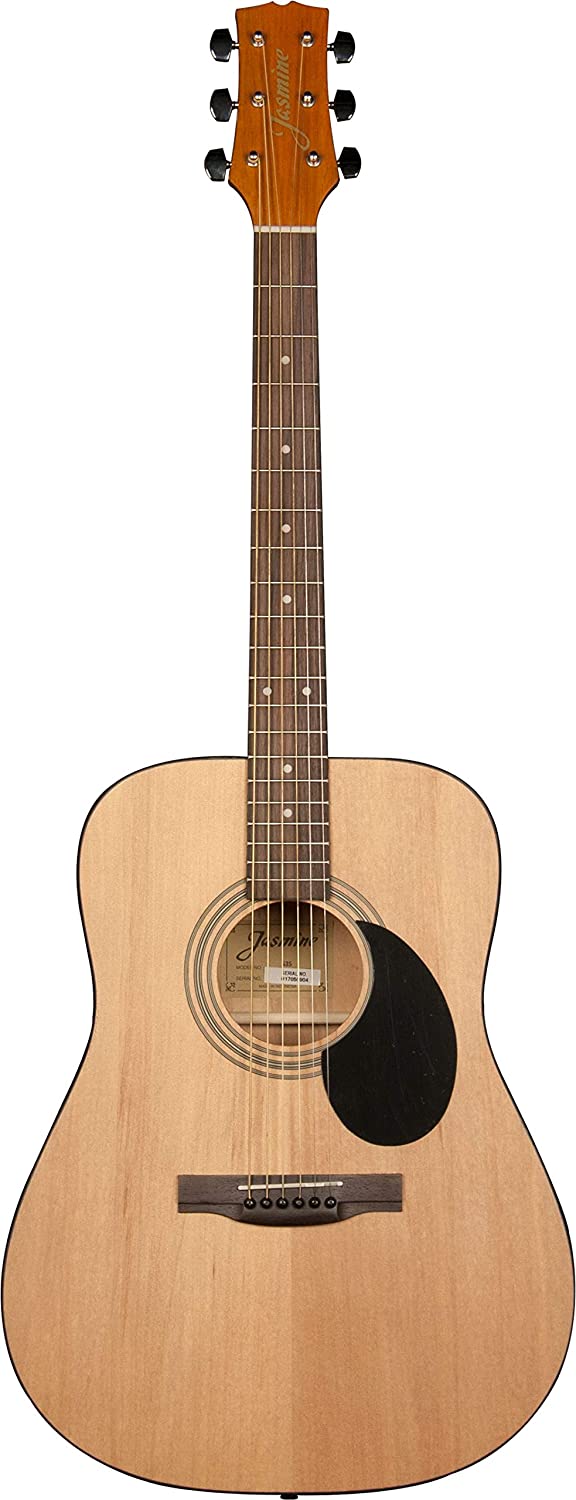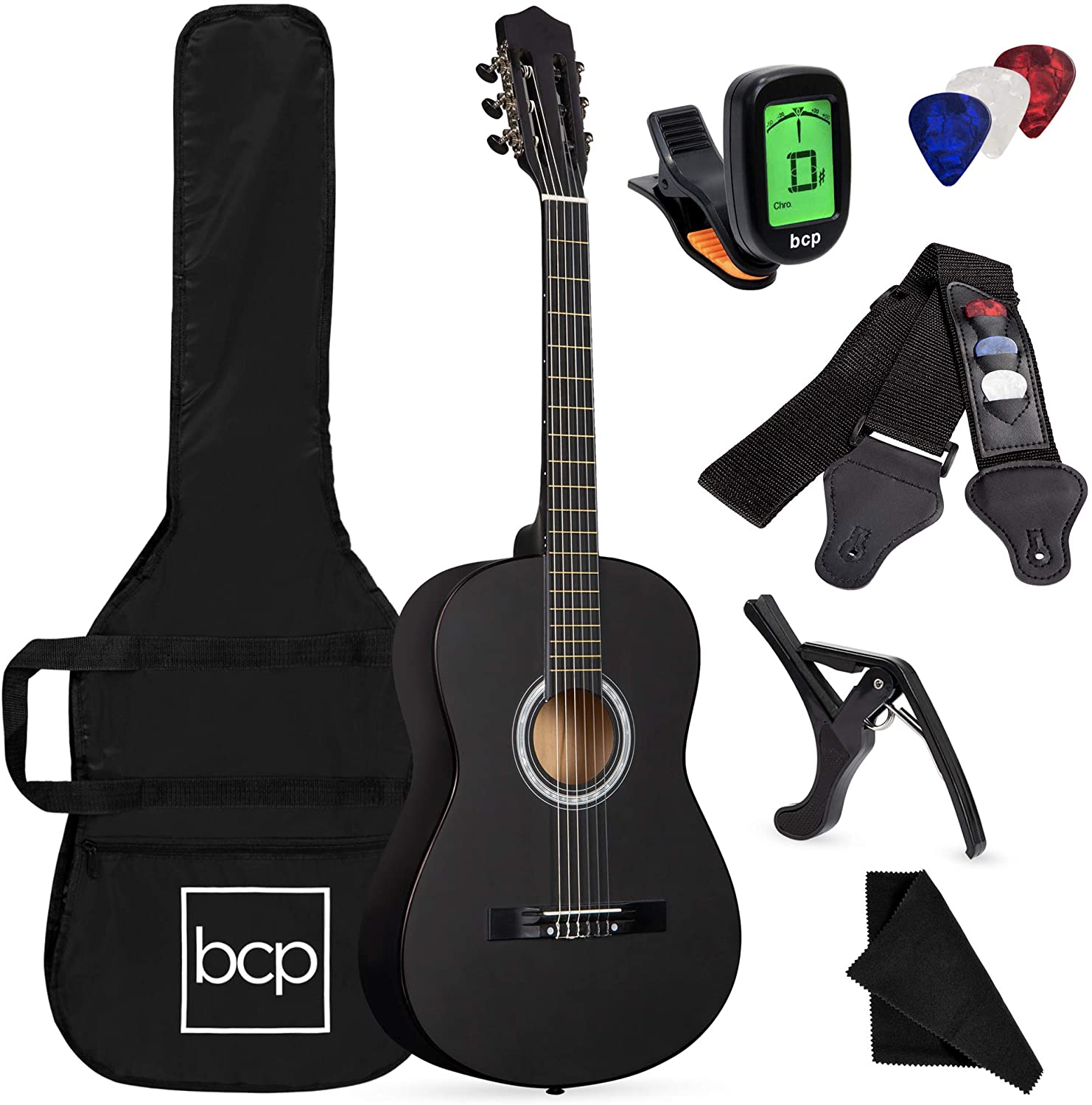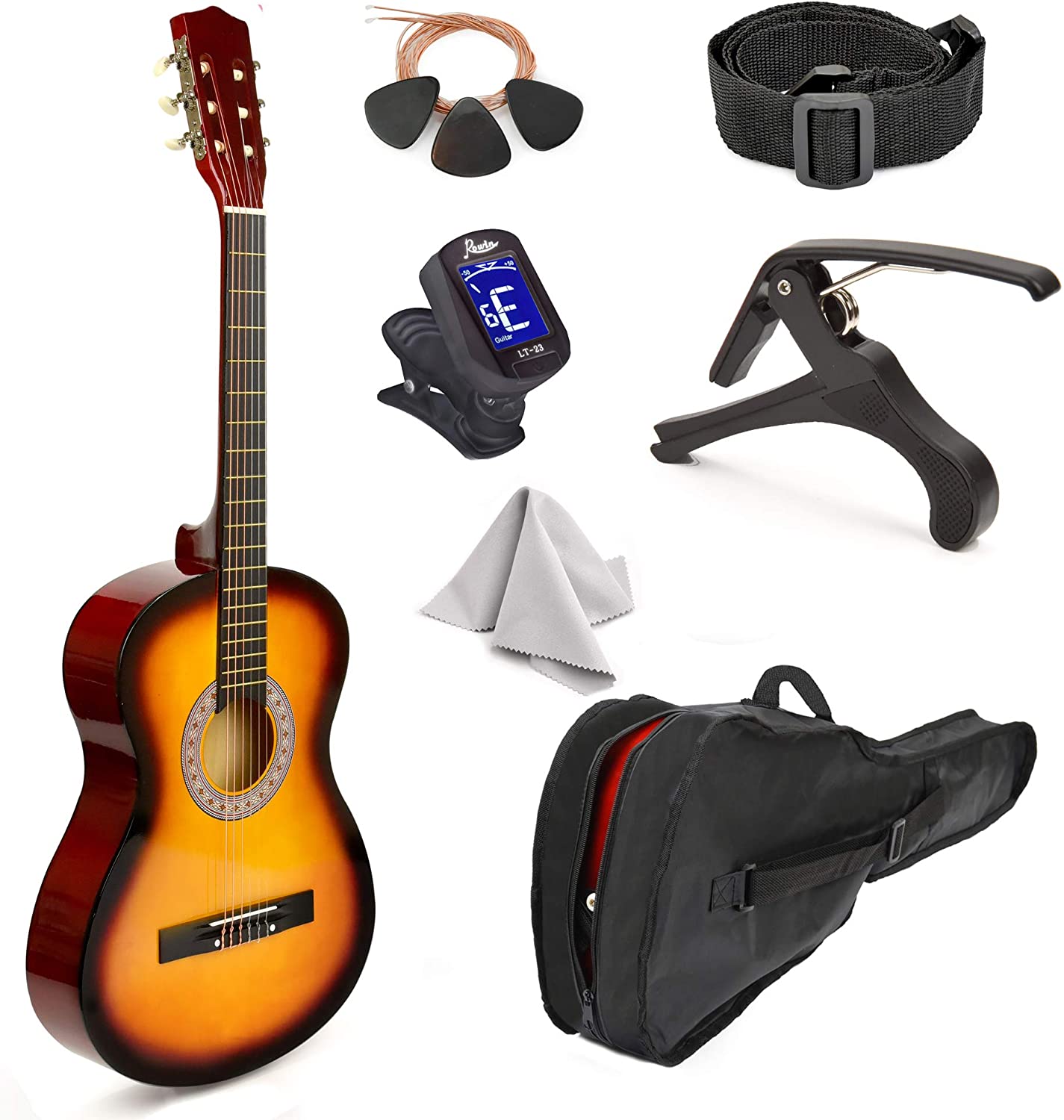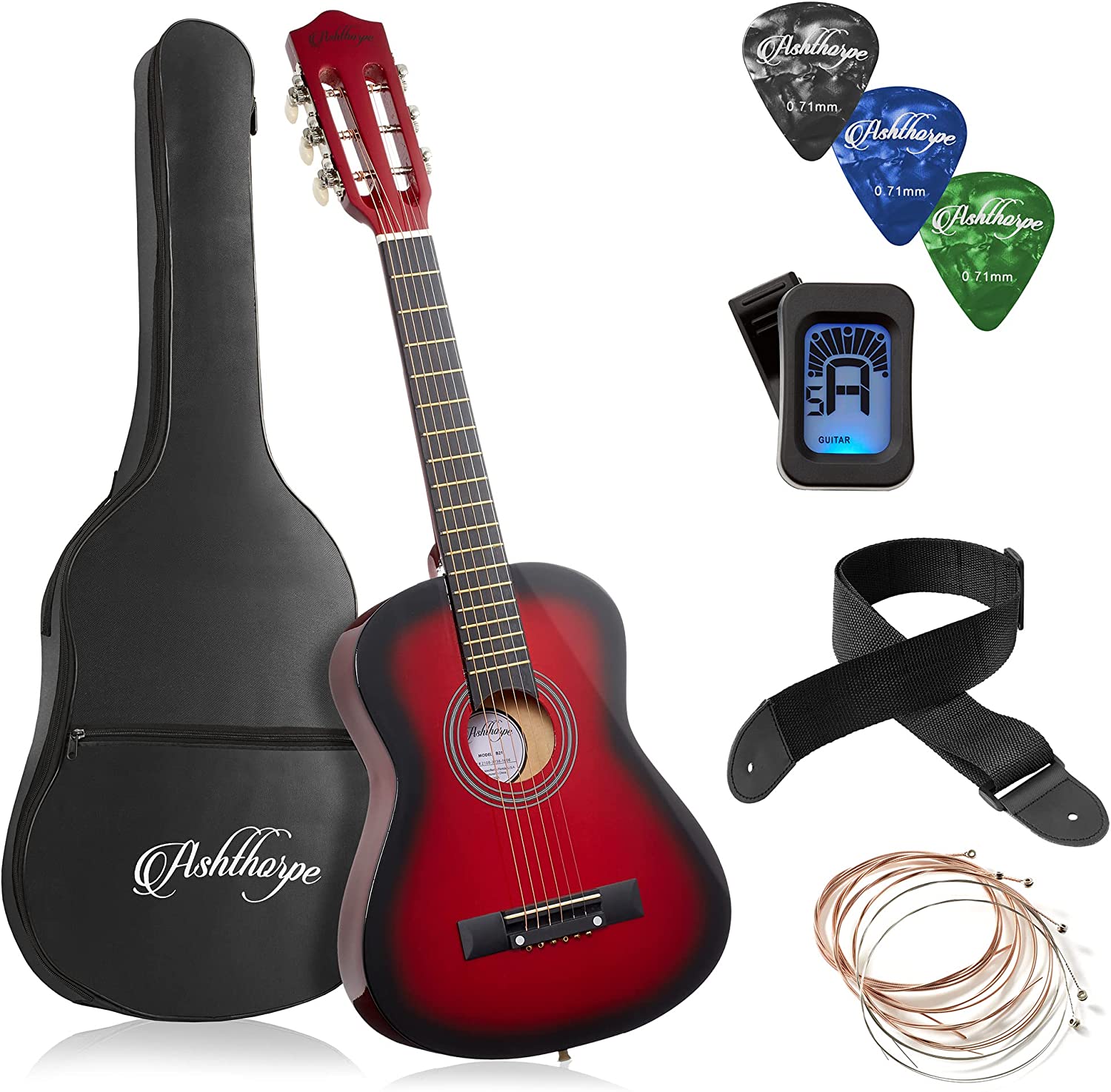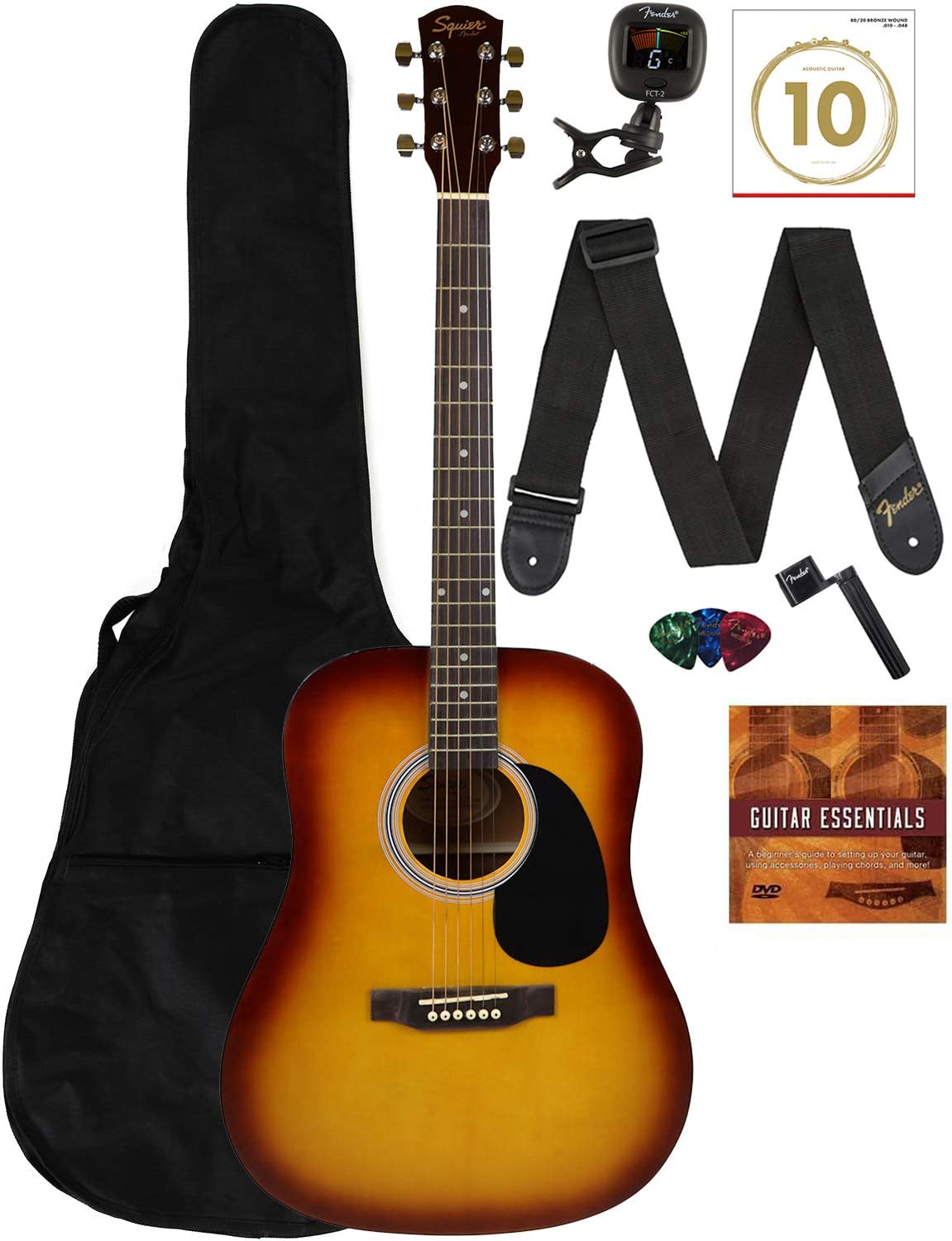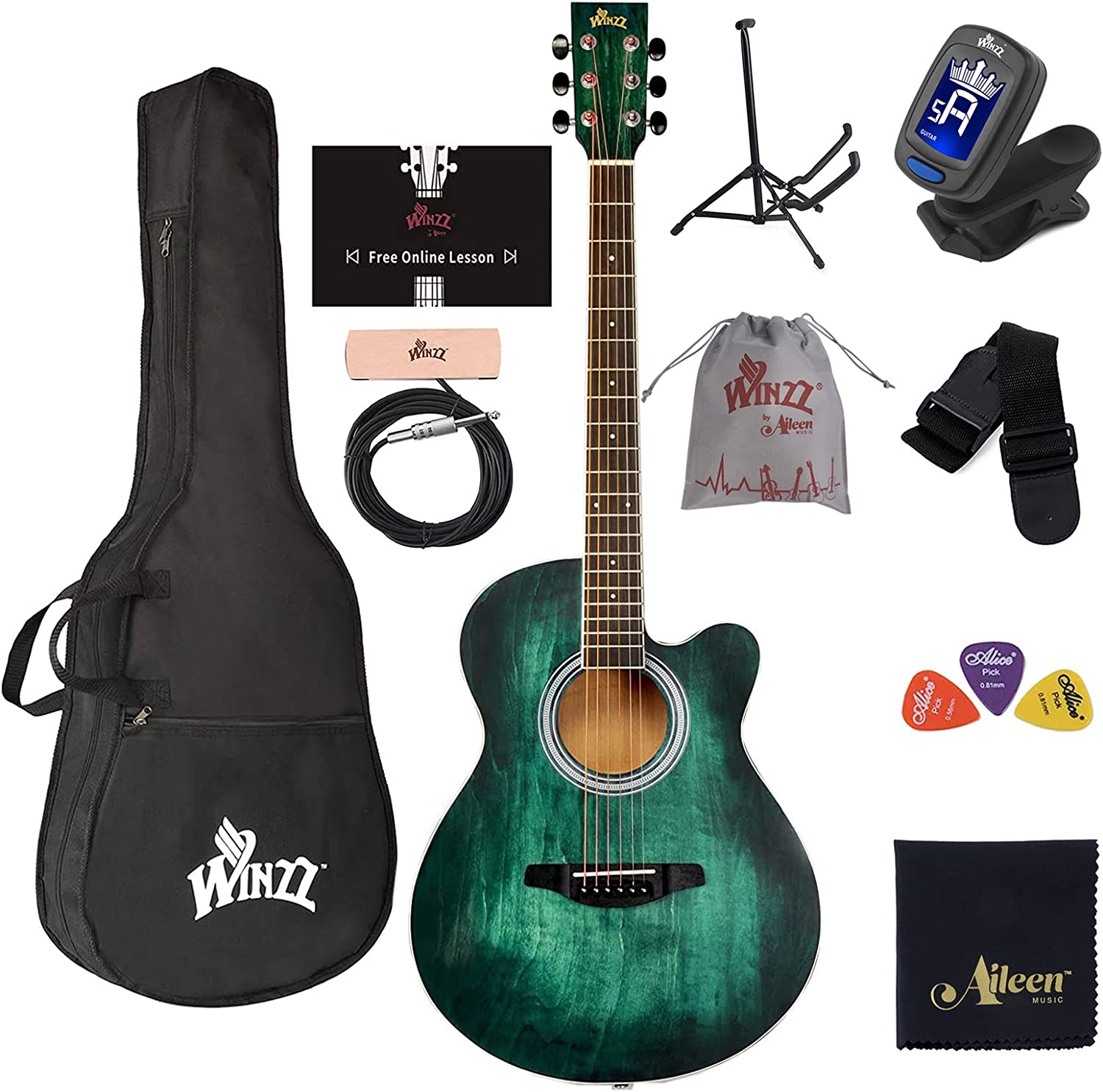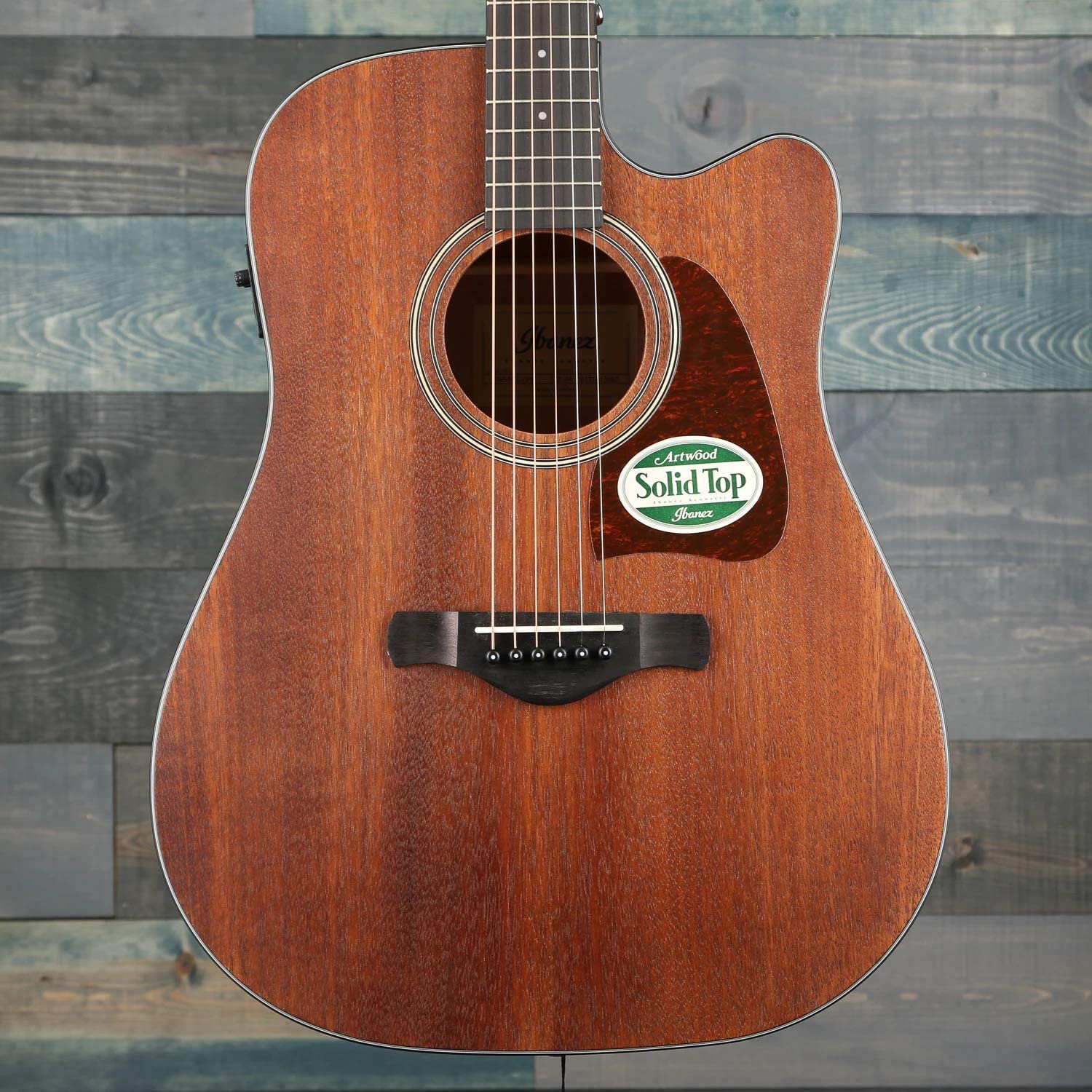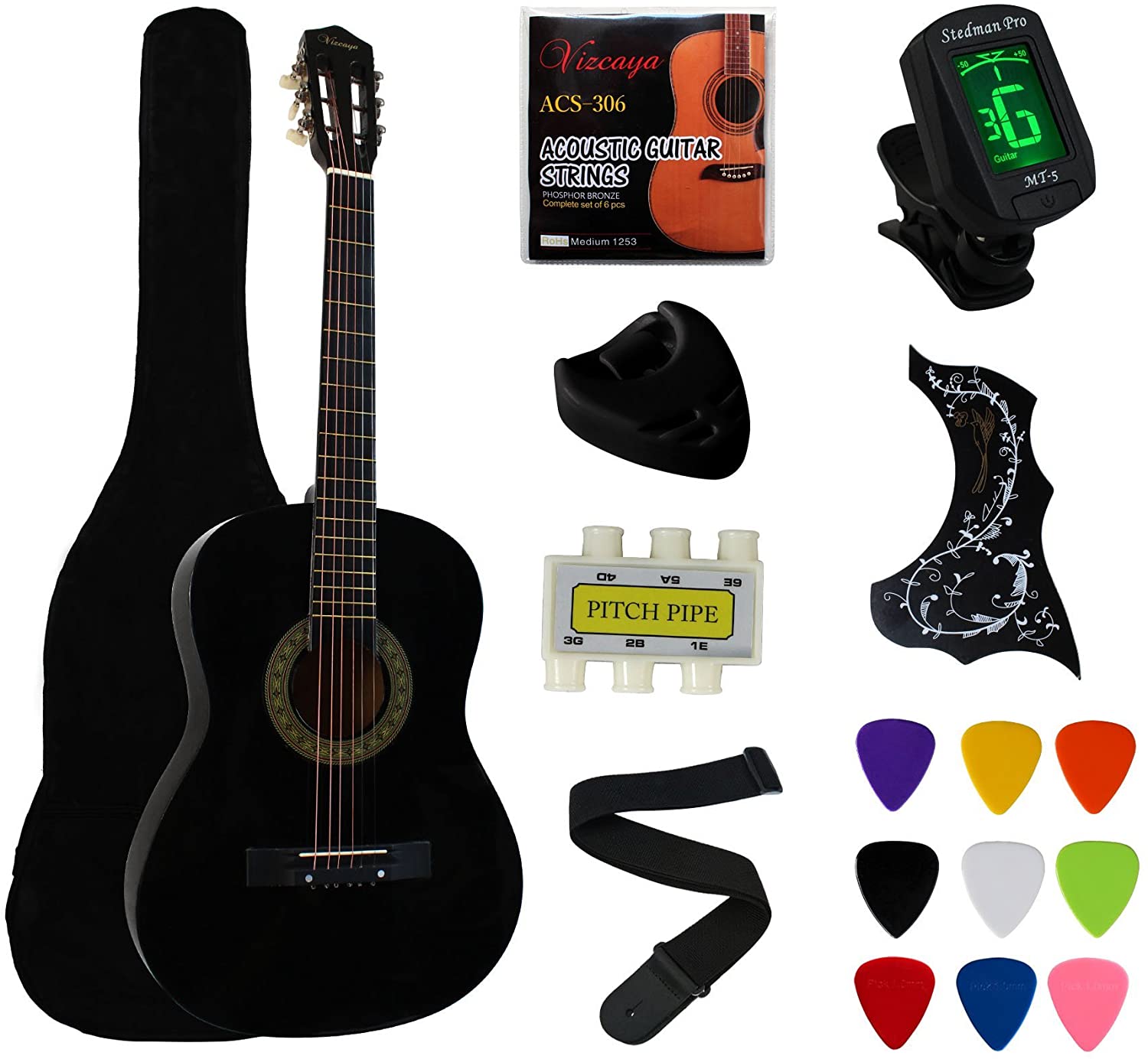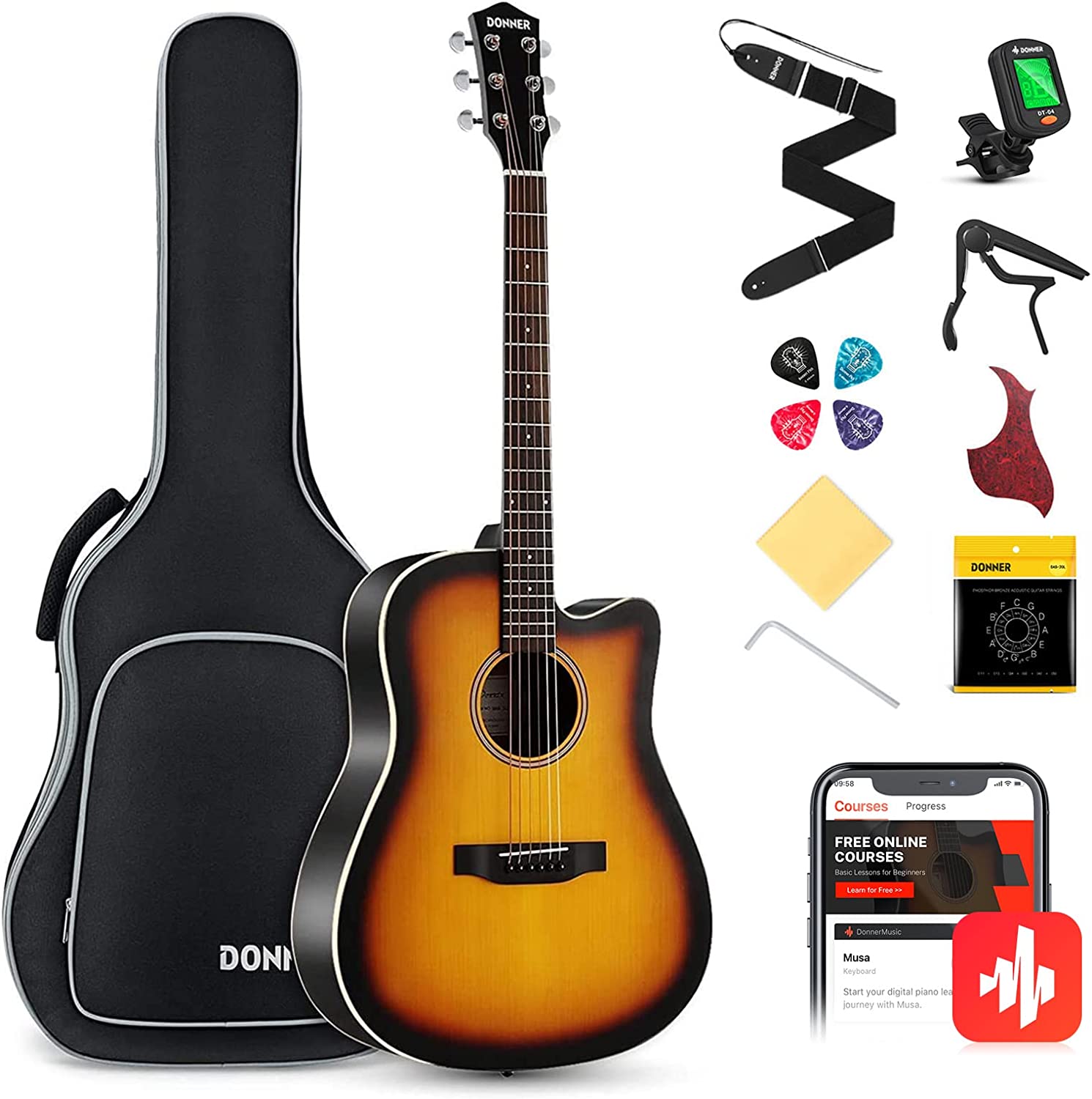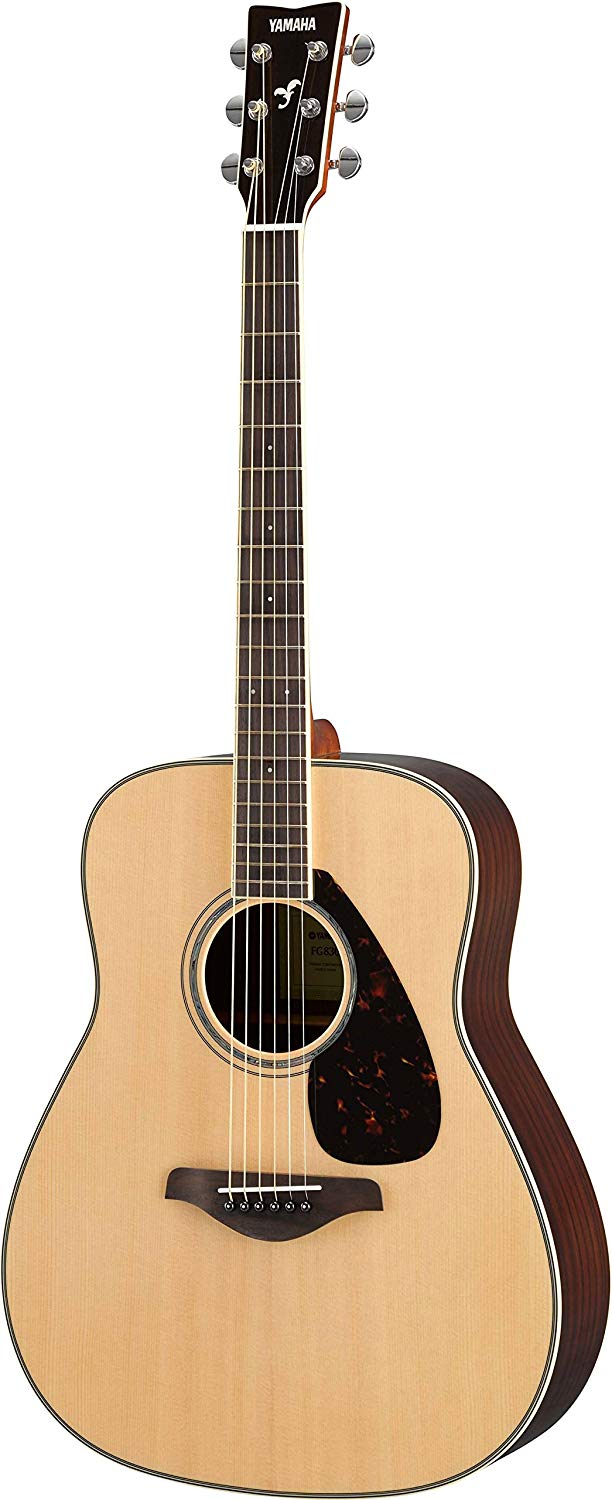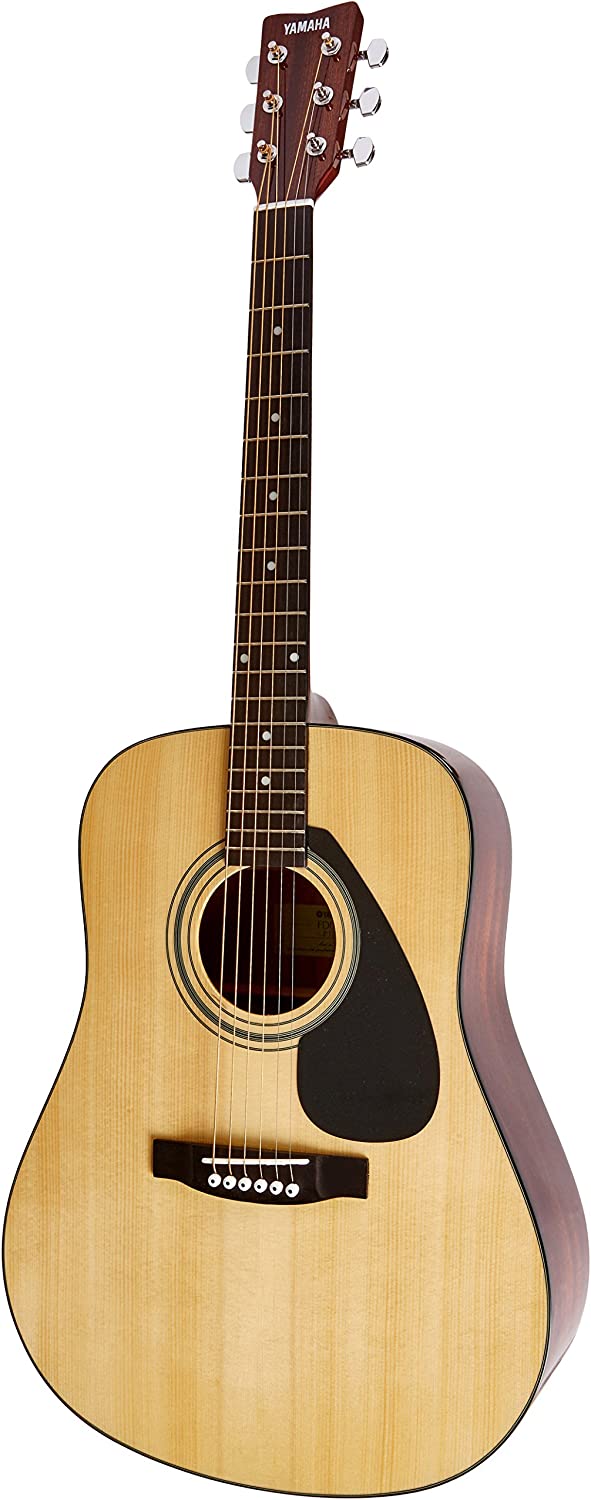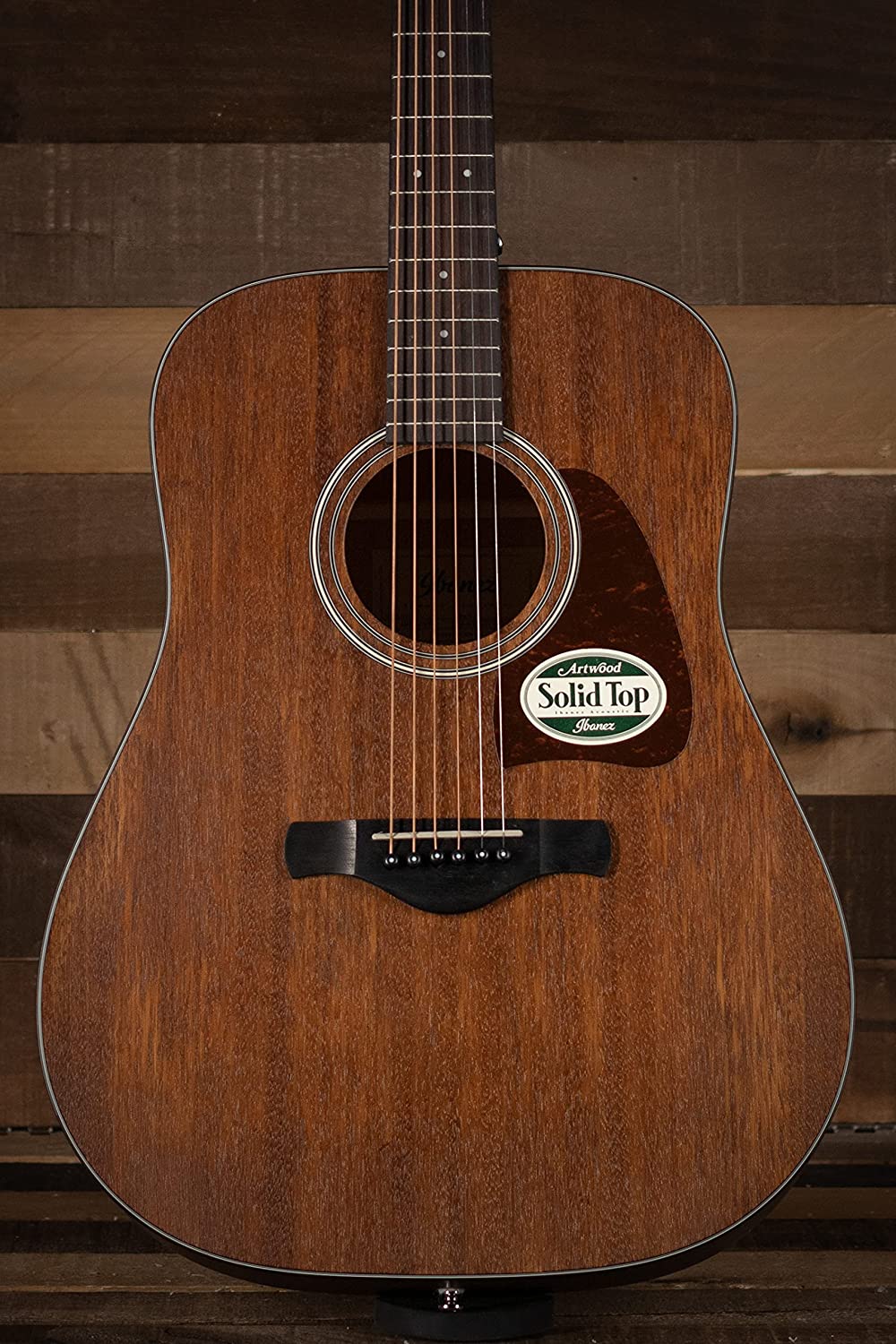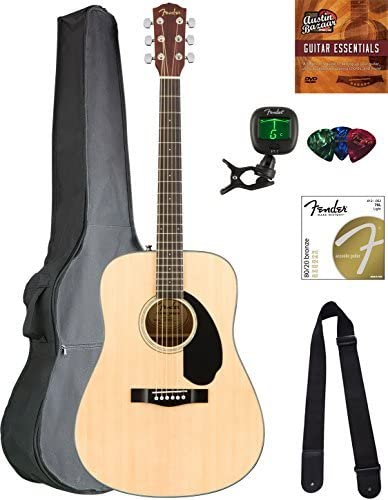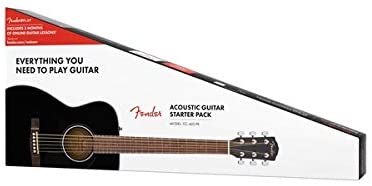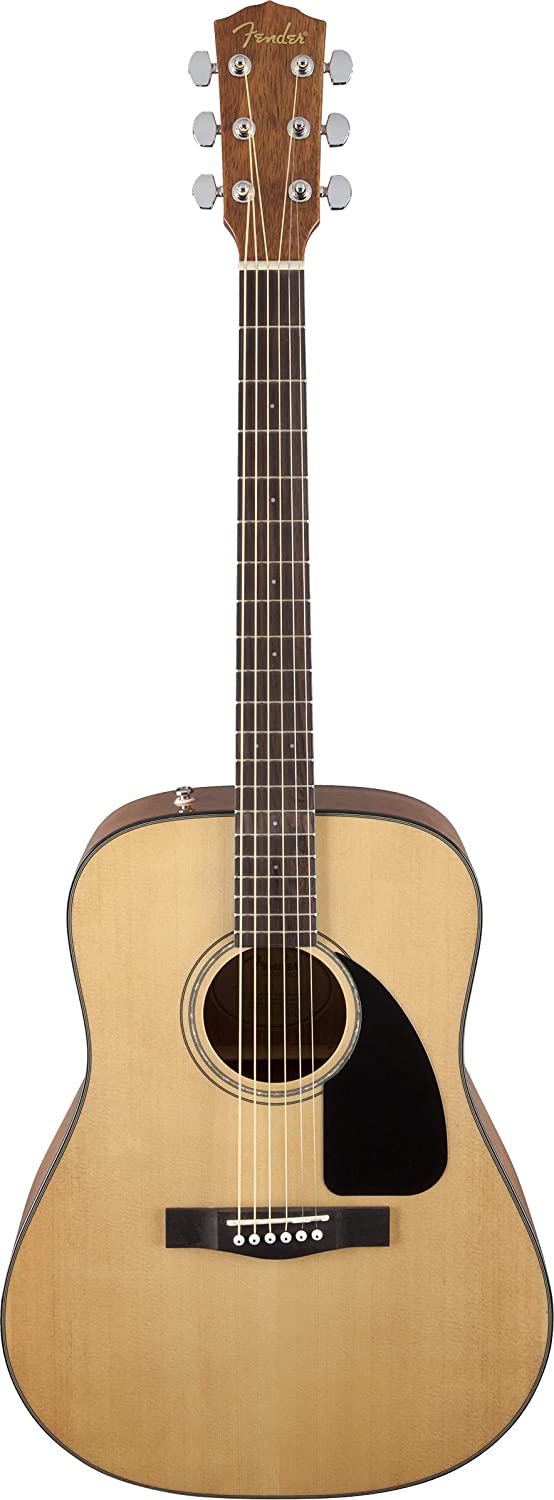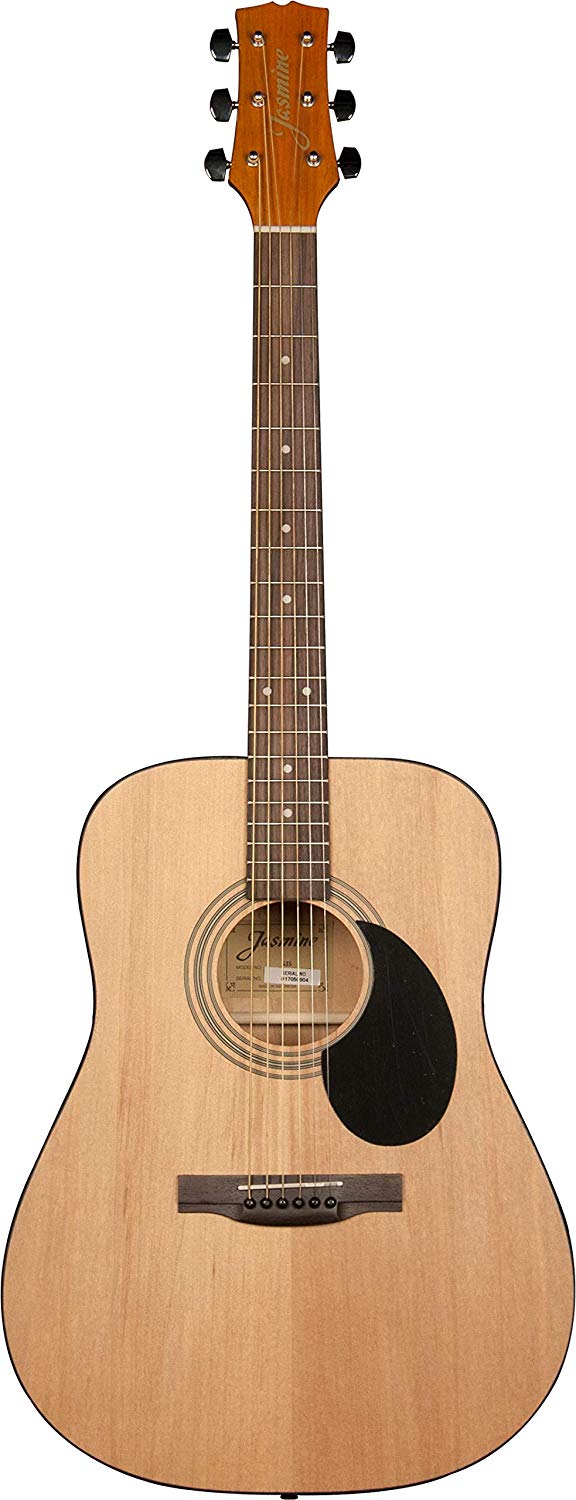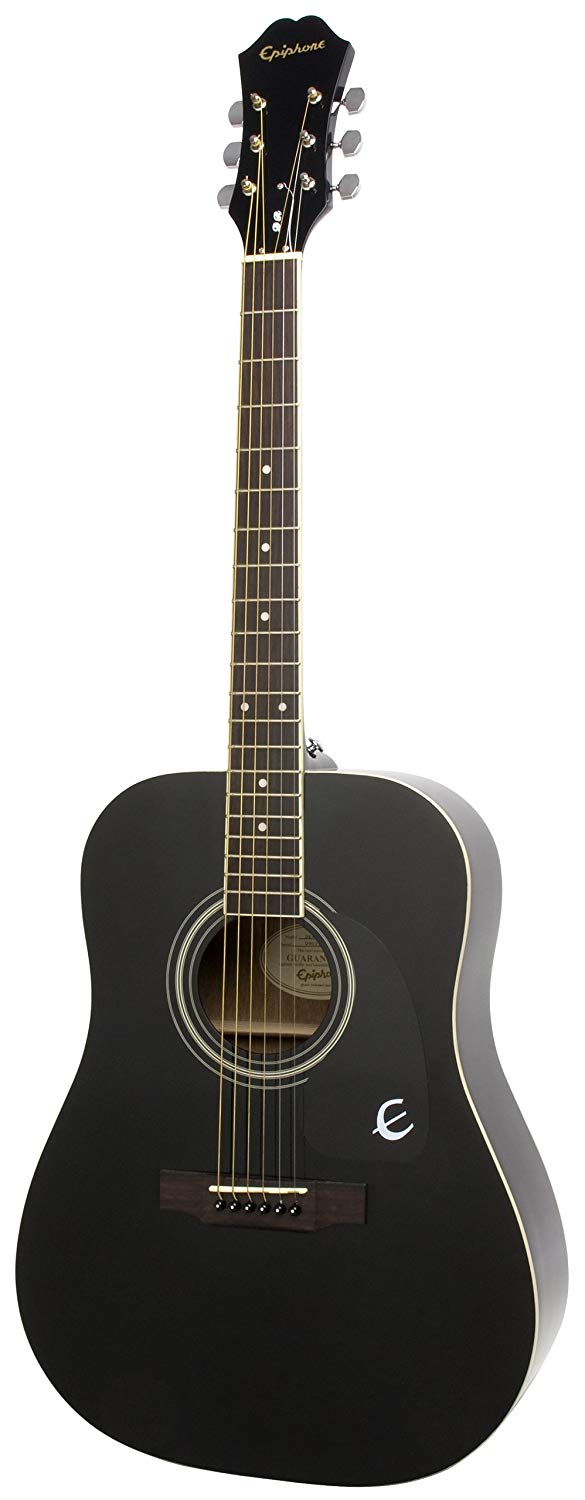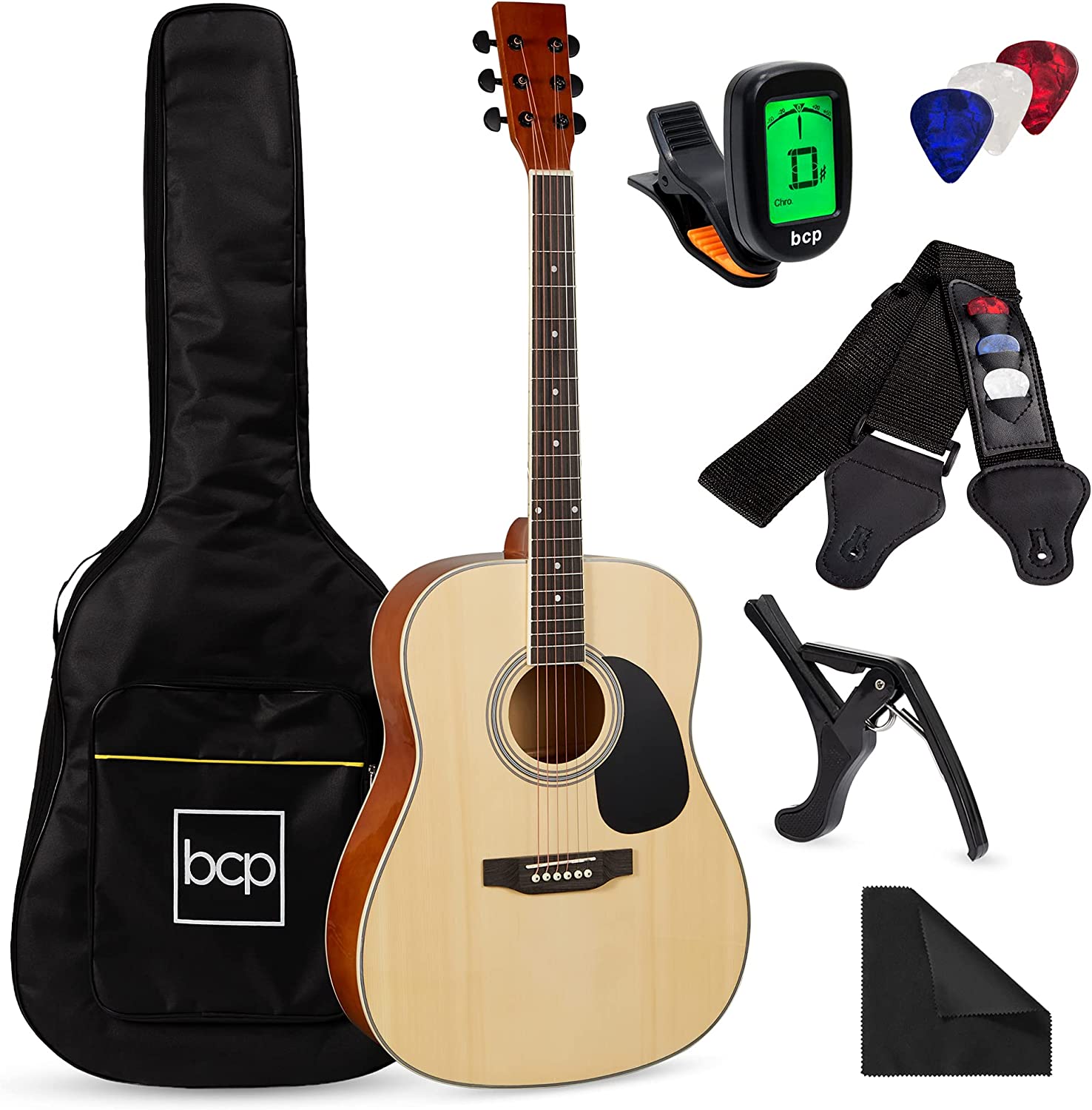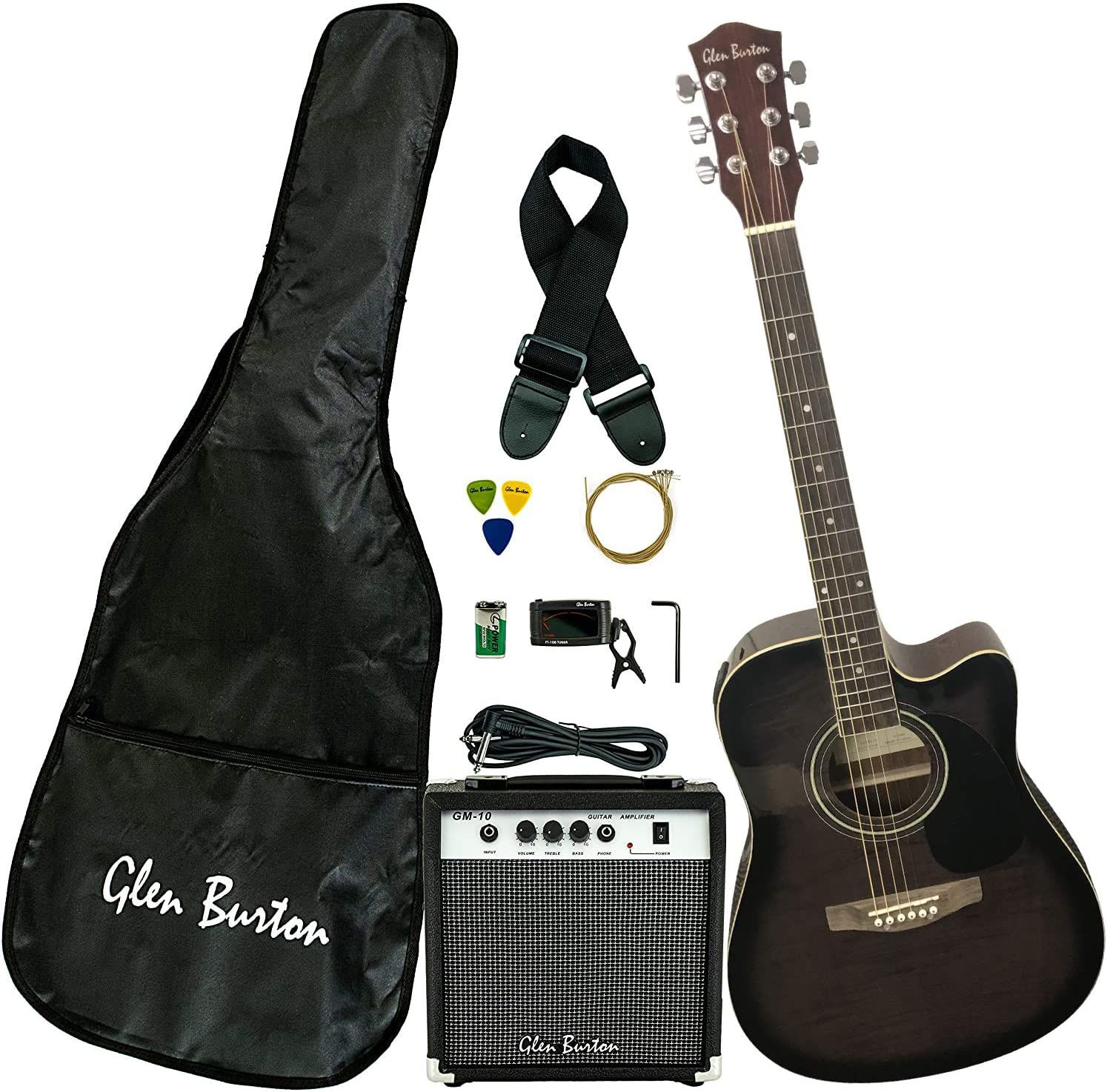Jasmine S35 Dreadnought Acoustic Guitar
Last updated: June 1, 2023
You'll have a choice of black, natural or matte sunburst when you opt for this acoustic guitar. The attractive satin finish is sure to grab your attention, but it's the bold sounds that are sure to hold it. The guitar is made with a slim neck and a full 25 1/2" scale length for comfort and ease of use.
We looked at the top Acoustic Guitars and dug through the reviews from some of the most popular review sites. Through this analysis, we've determined the best Acoustic Guitar you should buy.
Product Details
Key Takeaway: Optimal sound quality is what you'll experience with this acoustic guitar, which emits big and bold sounds that are pleasing to the ear.
In our analysis of 73 expert reviews, the Jasmine S35 Dreadnought Acoustic Guitar placed 6th when we looked at the top 20 products in the category. For the full ranking, see below.From The Manufacturer
The Jasmine S-35 is a great-looking dreadnought guitar with a big, bold sound and excellent features that represent exceptional value. Great for any player seeking a well-built and easy-playing guitar, the S-35 features a select spruce top with Jasmine’s Advanced “X” , and agathis back and sides. The slim neck and full 25 1/2″ scale length provide comfortable feel and excellent playability, and the smooth satin finish maximizes resonance for optimal sound quality. Other great features include full body binding, and chrome tuners. Jasmine Guitars is focused on making great quality instruments at an exceptional value. We make guitars for the music in you.
Our Expert Consultant

Professional guitarist, songwriter and private guitar teacher
Lewis McGehee is a professional guitarist, songwriter and private guitar teacher. He began playing guitar at the age of 7, playing in bands at 11 and was signed to Lifesong Records as a singer-songwriter in his early 20s. On the strength of his live shows, he went on to perform with many national acts such as John Prine, Robert Palmer, Talking Heads, Christopher Cross, Bob Dylan and Christine McVie. He also completed a multi-city tour as an opening act for Bruce Hornsby and has been teaching private acoustic guitar lessons for over 40 years.
